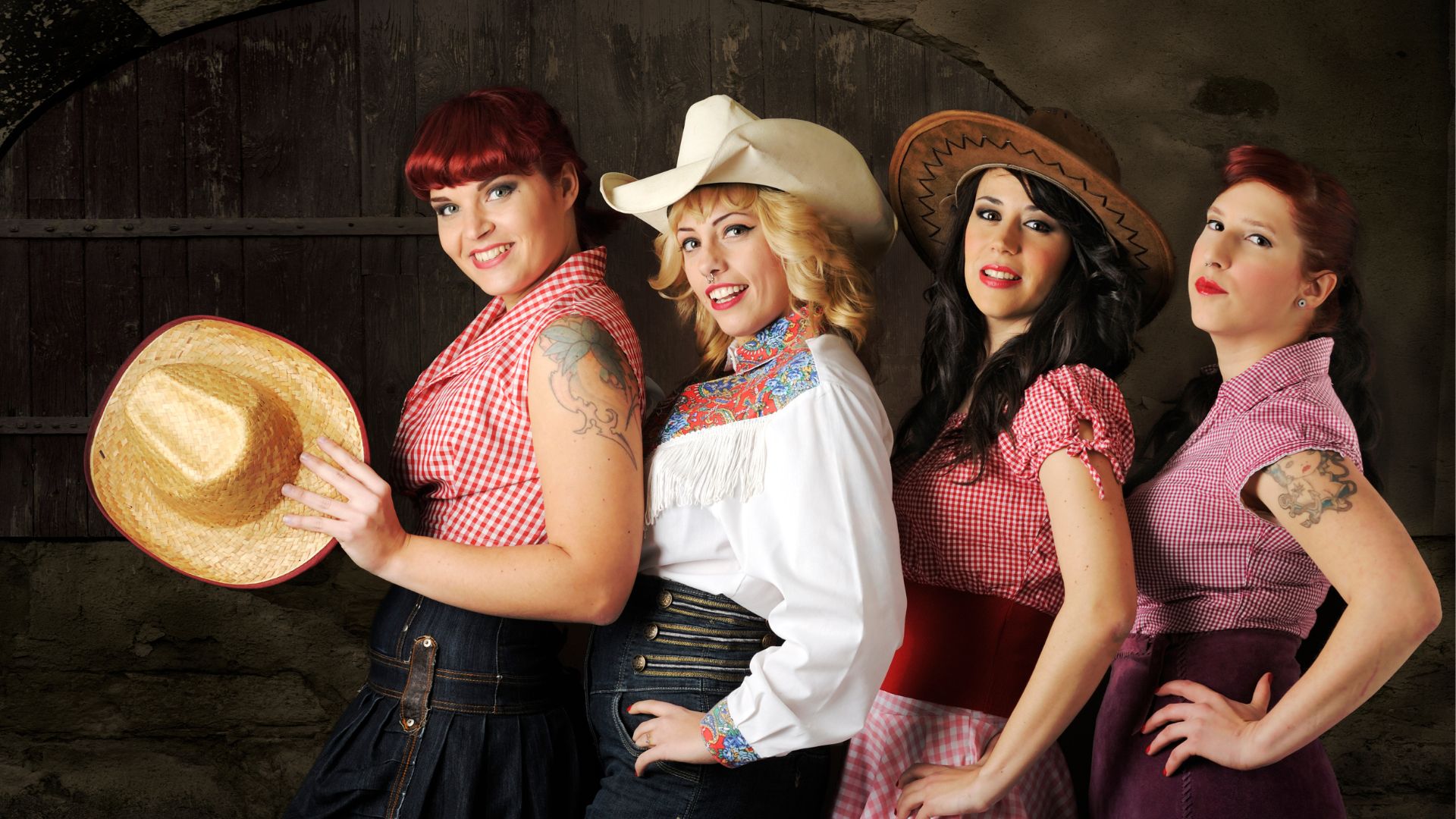In recent times, line dancing has evolved into a pastime activity and cultural phenomenon across the world. Amid all sorts of contemporary dance forms, it stands tall as a vibrant and spirited style. This form of dance has the ability to captivate participants of all backgrounds and ages. The origins of line dancing can be traced to the evolution of folk and country music.
These forms of music have their roots in the traditional folk dances of African, European, and Indigenous cultures. Over the years, they gained prominence in the United States, reaching their peak during the 1970s and 1980s. Country songs have some mesmerizing melodies and irresistible beats, which managed to attract people to clubs and dance halls.
Soon, a lot of them could be seen lining up to deliver their best dance performances with coordinated dance steps. After a few years, this evolved into a highly popular dance form called line dancing. It transcended its countries of origin over time and made its way into the popular culture. It began featuring in movies, television shows, and music videos.
Features of line dancing
Line dancing offers individuals the freedom to express themselves within a group setting unlike partner dances. It is characterized by dancers forming lines or rows and facing the same direction. These dancers then execute some choreographed steps together. The steps are often repetitive and consist of a series of movements.
They include grapevines, shuffles, turns, and kicks. The basic steps of line dancing are quite easy to learn. Besides, this form of dancing offers plenty of room for creativity and improvisation. It enables dancers to bring their unique styles to the dance routines.
Benefits of the dance form
There are some physical, mental, and social benefits that one can have with line dancing. Engaging in line dancing is a fantastic cardiovascular exercise. It increases stamina, strength, coordination, and flexibility. The dancers can also improve their balance and posture over time while working on several muscle groups. The constant movement and rhythmic patterns stimulate brain activity.
It promotes cognitive functions and memory retention in those practicing this dance form. Line dancing has several other mental and emotional benefits. The enthusiastic and infectious music creates an atmosphere of joy, which uplifts the dancer’s mood and reduces stress. Upon mastering new dance routines, one gets a sense of accomplishment. This increases the dancer’s confidence and self-esteem.
Building communities
Line dancing has the ability to bring people together and foster a sense of community. Dance classes and social gatherings organized for line dancing offer a welcoming and inclusive environment. They welcome individuals of all ages, backgrounds, and skill levels.
These individuals can enjoy the music and dance movements together with great camaraderie. They end up forging strong connections and friendships that go beyond the dance floor. A sense of belonging that results from the participation in line dancing is something truly valuable.
It creates a good support system where the participants inspire and encourage each other. This fosters a positive and nurturing environment. While learning and practicing routines, the dancers learn the benefits of cooperation and teamwork.


